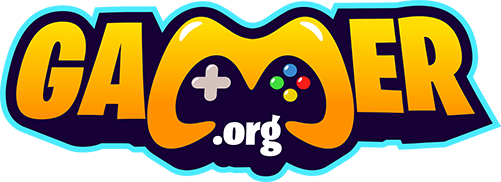In the 7 years since Tekken 7 release, Tekken 8 brings a slew of new concepts and a complete rework to the 3D fighting franchise. What’s the new contender’s performance between Tekken 8 vs Tekken 7?
A More Cinematic Story Experience
Tekken is best known for its decades-long story that spans multiple games. The story mode had taken roughly 3-4 hours in Tekken 7, which is meaty for a fighting game. But Tekken 8 has bigger plans in mind.
In addition to the main storyline centered around the Jin vs Kazuya fight, Tekken 8 will feature separate “character episodes” exploring the backstories of each fighter on the roster. There will also be helpful story recaps for new players to get acquainted. There is also more cinematic flair in cutscenes and stage transitions.
Next-Gen Visuals and Physics
Tekken 7 is a Unreal Engine 4 title which seems great for its era but Tekken 8 is a real visual feast for what Unreal Engine 5 has to offer. The character models, environments and effects have been rebuilt from scratch with realism and fidelity.
Tekken 8 utilizes UE5’s advanced physics systems not just for eye candy – it dynamically renders rain, sweat, and dirt effects based on the action. If certain moves are triggered, stages can also get utterly demolished in over-the-top ways.
A More Aggressive Combat Flow
For all its depth, one common critique of Tekken 7’s gameplay, especially towards the end of its lifecycle, was that it promoted an overly defensive, “backdash and whiff punish” playstyle at high levels. Tekken 8 is specifically designed to encourage a more aggressive, risk-taking approach.
The new Heat System is the biggest change, letting players enter a temporary powered-up Heat State that grants new offensive abilities like extended combos and the deadly Heat Smash attack. You’ll also recover a bit of health after landing any hit, even on block.
Accessibility and Replay Analysis Tools
While Tekken has always had a notoriously high skill floor, Tekken 8 aims to be more accommodating to newcomers with helpful new modes and options. The new Special Style setting maps combos and special moves to specific buttons for easier execution.
There’s also an enhanced replay analysis system that can provide detailed feedback and let you practice missed inputs in real-time. Combined with extensive tutorials in the new Arcade Quest mode, Tekken 8 may be one of the more inviting entries for fighting game beginners.
An Improved Online Experience
The absence of a modern rollback netcode hampered Tekken 7’s online experience. Fortunately, Tekken 8 fixes that with rollback and cross-platform multiplayer for PlayStation, Xbox 360, and PC.
It’s like stepping into a virtual arcade with the Fight Lounge hub area. You can watch matches, pick your avatar and queue up for ranked or casual matches with preset settings. There is even a “Ghost Battle” mode which tracks player movements and lets you fight AI-controlled “ghosts” acting like yourself or others.
A Shorter Base Roster
Whereas Tekken 7 launched with 36 characters, including a number of unknowns such as Akuma from Street Fighter, Tekken 8 has a reduced starting roster of 32 fighters. This features 7 brand new characters, such as Mexican wrestler Azucena and the tall Reina.
Of course, old favorites such as Jin, Kazuya, Paul, Nina, and more return as well. It remains to be seen whether Tekken 8 will expand its roster as quickly via DLC as its predecessor expanded its roster over the years.
The Verdict
In the battle between Tekken 8 vs Tekken 7, Tekken 8 seems immensely strong, retaining depth while updating sensibly. The visual overhaul, improved accessibility, and more offensive-feeling gameplay flow look like positive steps forward.
That said, the lack of cross-saves/cross-progression from Tekken 7 and the smaller starting roster may be a downside for some. Tekken 8 seems ready to boldly relaunch the series, providing a fresh start for new and veteran players.







